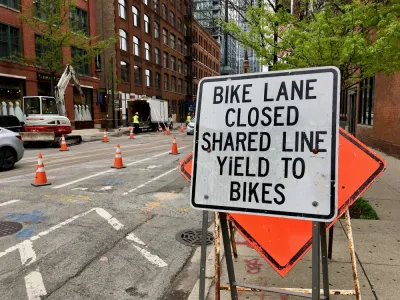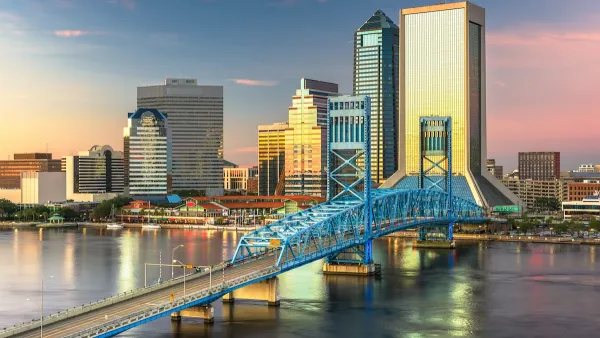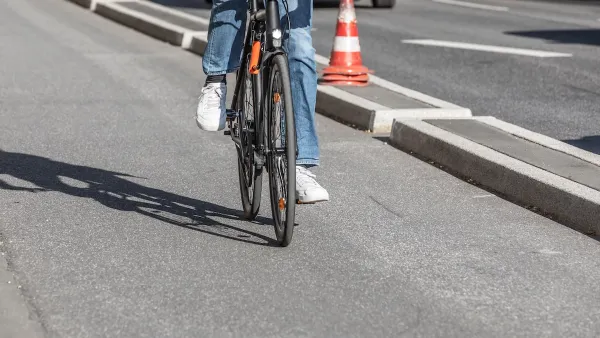Road infrastructure that fails to make dangerous driving behavior feel risky to drivers is ineffective in protecting pedestrians and people on bikes.

An article by Colin Anderson in Streetsblog Chicago illustrates the problem with the city’s pedestrian infrastructure, claiming that car-oriented design fails to prioritize pedestrian safety and contributes to rising rates of pedestrian and cyclist deaths.
According to Anderson, “There’s nothing about the street layout or infrastructure that leverages risk homeostasis to force motorists to slow down, let alone stop for pedestrians.” Anderson explains, “Painted bike lanes do not pose any risk to a driver or their car, which is why they are simply ignored, while concrete-protected bike lanes give drivers real consequences for getting too close.” The blame lies with state agencies, too: “Another crucial but less obvious roadblock to safer street design is the Illinois Department of Transportation, which often blocks meaningful pedestrian and bike safety improvements to the Chicago roads they control if there’s any risk that the changes might increase trip times for drivers.”
We need infrastructure that has safety, not danger, built into it.
To Anderson, the key to effective infrastructure is making dangerous behavior feel risky to drivers. “Fortunately, there are many, many traffic calming features which provide physical cues that force drivers to slow down, and these can be implemented in ongoing cyclical maintenance.” The lack of implementation of these types of low-tech projects is simply a lack of political will and poor coordination between government officials and agencies, Anderson writes, putting some of Chicago’s most vulnerable communities at disproportionate risk for traffic violence.
FULL STORY: Visualizing how current Chicago infrastructure fails people walking and biking

Analysis: Cybertruck Fatality Rate Far Exceeds That of Ford Pinto
The Tesla Cybertruck was recalled seven times last year.

National Parks Layoffs Will Cause Communities to Lose Billions
Thousands of essential park workers were laid off this week, just before the busy spring break season.

Retro-silient?: America’s First “Eco-burb,” The Woodlands Turns 50
A master-planned community north of Houston offers lessons on green infrastructure and resilient design, but falls short of its founder’s lofty affordability and walkability goals.

Test News Post 1
This is a summary

Analysis: Cybertruck Fatality Rate Far Exceeds That of Ford Pinto
The Tesla Cybertruck was recalled seven times last year.

Test News Headline 46
Test for the image on the front page.
Urban Design for Planners 1: Software Tools
This six-course series explores essential urban design concepts using open source software and equips planners with the tools they need to participate fully in the urban design process.
Planning for Universal Design
Learn the tools for implementing Universal Design in planning regulations.
EMC Planning Group, Inc.
Planetizen
Planetizen
Mpact (formerly Rail~Volution)
Great Falls Development Authority, Inc.
HUDs Office of Policy Development and Research
NYU Wagner Graduate School of Public Service




























